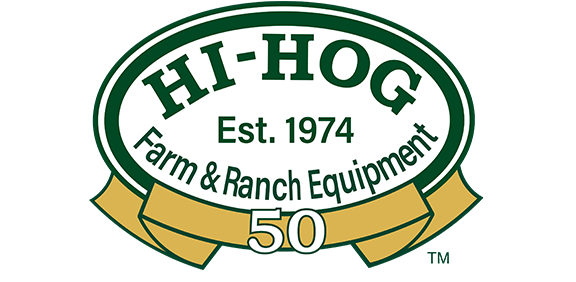An alternative to the standard crowding tub for experienced livestock handlers
The Bud Box is a penning technique as old as cattle handling itself. The concept is based on the simple idea that, when pressured, cattle will want to return to where they came from. This concept gained interest when it was promoted by Bud Williams which is why people often refer to this penning design as a Bud Box.

Typical Bud Box set-up
Ask an expert about Hi-Hog's Bud Box
The Bud Box is simply a small rectangular livestock enclosure that is designed to efficiently move livestock from a wide group alley into a narrow single-file working alley or double working alley. The working alley typically feeds into a cattle squeeze chute or cattle loading chute.
Ask an expert about Hi-Hog's Bud Box
Caution
The safety and efficiency of a Bud Box depends largely on the skill of the individual working the animals (Click here for information on how to work livestock through a Bud Box). When worked by a handler who understands livestock behavior the Bud Box can replace the need for a crowding tub (cattle sweep). We also offer crowding tub options that are designed to operate similarly to the Bud Box. These tubs are called Return Tubs
The size of the required Bud Box depends primarily on the size of the alley you are filling. For the Bud Box to work effectively the livestock should flow fluidly and continuously. You do not want to stop or hold animals in the Bud Box. The Bud Box should therefore be scaled to hold the number of animals you can fit into your single file, or double alley (without overcrowding the Bud Box).
For processing alleys the typical length of the Bud Box is around 20’-22’. When loading animals into a trailer you usually have room for a few more animals so the Bud Box can be up to 28’-30’. The standard width of the Box depends on how you are working the animals. If you are on foot you can work with as narrow as a 12’ wide box. If you are on horseback then a wider 14’ box would work better.
The panels defining the enclosure are best if they are open-rail panels. This makes the pen more visually open which will encourage the livestock to enter the Bud Box more readily. Once the stock realize they can’t continue forward they will turn in the Bud Box to go back to the entrance.

Cattle movement through a Bud Box
To help the animals find the new exit quickly it is best if they cannot see through the gate they entered through. The entry gate could be a sheeted metal gate or it could simply be a standard open rail gate which has been covered with a tarp or clad with plywood. The primary reason for doing this is to help the animals quickly eliminate the gate as an exit option so they can focus on locating the opening you want them to enter.
The opening to the new exit should be set perpendicular to the locking latch of the entry gate. The working alley should be designed to ensure that as the stock turn behind the handler they will see at least two full body lengths into the alley. This will create a visible and inviting exit that your livestock will enter without hesitation.
Note: Do not overfill your Bud Box with animals. If it is too crowded your cattle will only feel more confined and more stressed. They will also find it more difficult to see the exit and move towards the exit. This is true for traditional crowding tubs as well.

Bud Box exploded plan
| Item # | Description | Weight (lbs) |
| 314-6 | 14' x 6' U-Frame | 327 |
| 6851 | 12' x 5' Heavy Duty Gate with 7/8 plunger latch | 152 |
| 836 | 10' x 6' Heavy Duty Panel | 123 |
| 827 | 8' x 6' Heavy Duty Panel with 4' access gate | 155 |
Note: the above design is only a sample Bud Box as the length and width of the box may change. Similarly, the style and height of the panels may also change depending on the size of livestock you are working.






